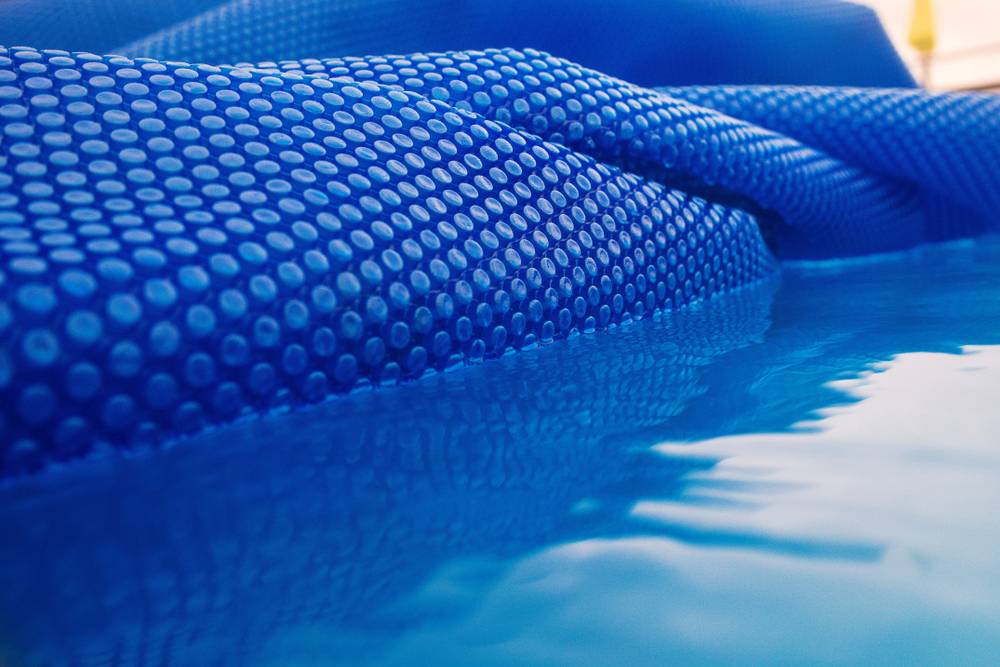Hi all,
It seems that the only place I found the advise of keeping TA down to even as low as 50ppm is here… though more ideally in the range of 70-100 perhaps. Everyone else is suggesting higher levels, from Jacuzzi to Frog, to Swim Univeristy who suggest 100-150ppm!
Is everyone wrong? Are we the chosen few who know the truth? What is going on?
Thanks,
Andrew
It seems that the only place I found the advise of keeping TA down to even as low as 50ppm is here… though more ideally in the range of 70-100 perhaps. Everyone else is suggesting higher levels, from Jacuzzi to Frog, to Swim Univeristy who suggest 100-150ppm!
Is everyone wrong? Are we the chosen few who know the truth? What is going on?
Thanks,
Andrew


